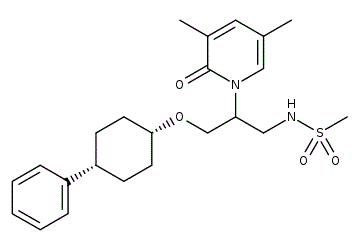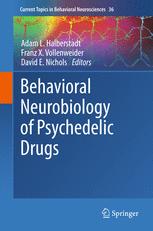From FiercePharma:
Psychedelic and stimulant effects, maybe? I wonder if that's due to on-target agonism or an off-target effect.
Takeda was investigation an orexin agonist as well, but they dropped it last year for liver toxicity. Nothing mentioned about viaual disturbances in that case.
Jazz Pharmaceuticals is pressing pause on a phase 1 sleep disorder med due to adverse events despite one executive saying that it “achieved proof of concept.”
The comments were relayed by Chief Medical Officer Kelvin Tan at a conference hosted by Evercore ISI on Tuesday and poured cold water on the near-term prospects of the asset recently licensed from Sumitomo Pharma. Tan said that the drug, JZP441, demonstrated proof-of-concept in healthy volunteers as measured by the Maintenance of Wakefulness Test (MWT).
However, reports of “visual disturbances” and cardiovascular effects have forced the company to pause the trial while they investigate further.
Psychedelic and stimulant effects, maybe? I wonder if that's due to on-target agonism or an off-target effect.
Takeda was investigation an orexin agonist as well, but they dropped it last year for liver toxicity. Nothing mentioned about viaual disturbances in that case.







